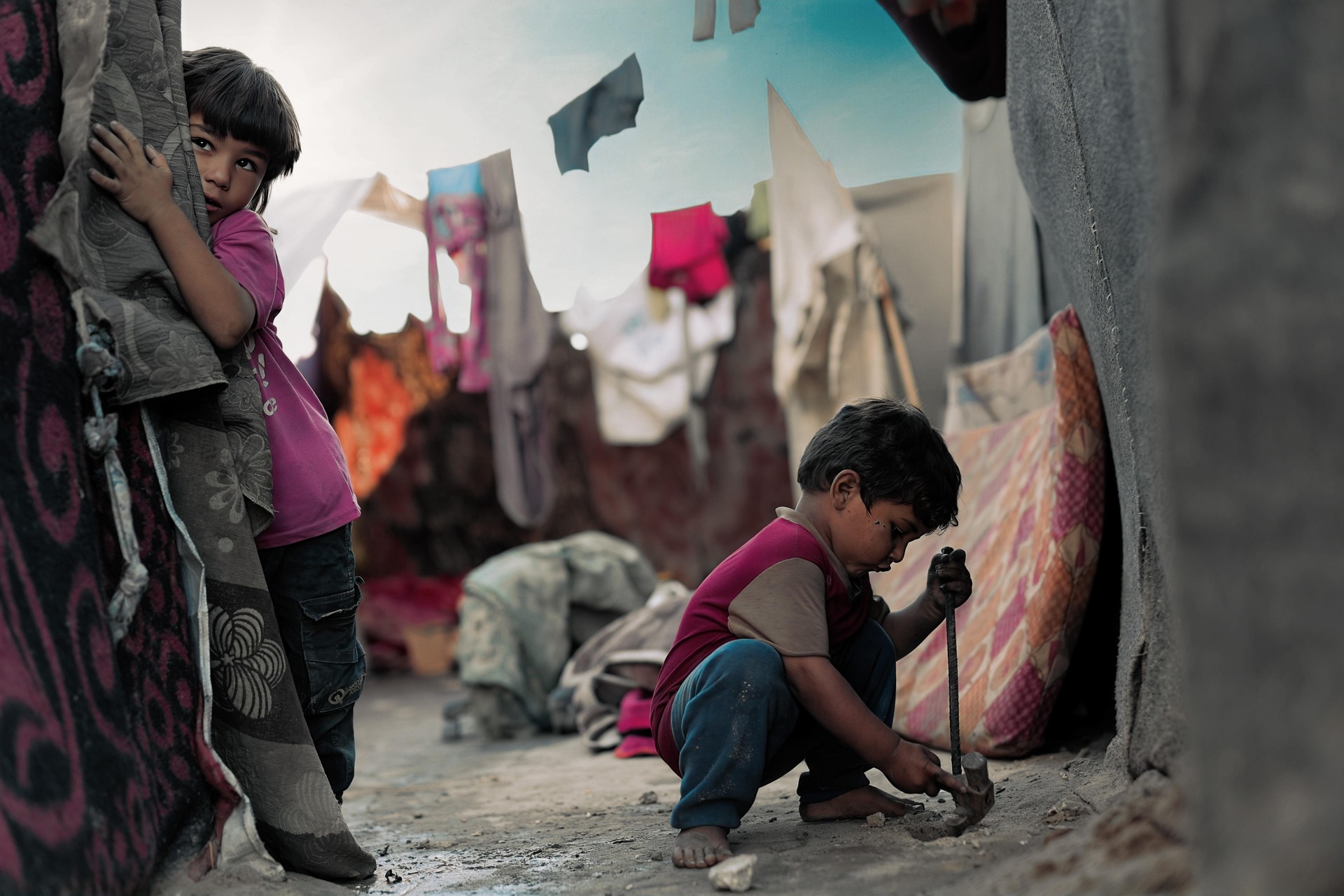Israel Iran Conflict:In a devastating escalation of the Israel-Iran conflict, more than 600 people have been killed during 12 consecutive days of intense Israeli airstrikes across Iran, with heavy damage reported in the capital city of Tehran. Multiple residential buildings have been completely or partially destroyed, leaving families homeless and survivors traumatized. On-the-ground reports reveal horrific scenes—crumbling walls, gaping holes, collapsed floors, and personal belongings buried under rubble.
Israel Iran Conflict: Over 600 Dead and Widespread Civilian Devastation
In what has become one of the deadliest episodes in recent Middle Eastern conflicts, Israeli airstrikes on Iran have claimed the lives of more than 600 people over a span of just 12 days. The assaults, concentrated in key urban centers including the capital city of Tehran, have left behind a grim trail of destruction, with residential neighborhoods among the hardest hit.
News Media Outlet BBC, reporting from Tehran, painted a stark picture of the devastation. One residential building targeted by the strikes now stands as a skeletal structure of what it once was—a home. On the third floor of the building, walls are shattered, and debris from the upper levels has collapsed onto the lower floors, creating an overwhelming scene of broken concrete, twisted rebar, and crumbling interiors. The sheer force of the explosions obliterated much of the building’s integrity, turning family homes into hazardous ruins.
Eyewitnesses confirmed that at least three to four individuals lost their lives in that particular strike, with several others sustaining injuries. The gaping holes in the structure expose what used to be bedrooms and living spaces, revealing scattered personal belongings coated in dust and debris. “When you step inside, it feels like two truckloads of dirt have been dumped onto the lives of every child who lived here,” said one distraught resident.
The rooftop of the building has been severely impacted—the railings are gone, doors blown from their hinges, and structural cracks run through the lower levels. Fears of a complete collapse now loom large. “I truly fear for our safety,” said a local resident. “Even standing near the walls now feels dangerous. I’m afraid they might come crashing down at any moment.”
But the destruction did not stop with this single building. From a nearby rooftop vantage point, it becomes clear that the devastation extends to adjacent buildings as well. Craters, shattered windows, and structural damage stretch across entire city blocks. What were once vibrant neighborhoods full of life now resemble war-torn ruins. Thick dust still lingers in the air, settling slowly over the wreckage as survivors come to terms with their new reality.
Another building within view also bears the scars of the strikes—walls caved in, interiors exposed, and entire sections reduced to rubble. And these are not isolated cases. Multiple residential buildings across the capital have been similarly targeted, leaving hundreds of families displaced and thousands of lives shattered.
The full scope of the damage is still being assessed, but the path to recovery is expected to be long and arduous. As humanitarian aid begins to trickle in and emergency workers search for survivors, the people of Tehran face the daunting task of rebuilding amid grief, trauma, and instability.
This tragic episode underscores the human cost of geopolitical conflict and raises urgent questions about the targeting of civilian areas during military operations. As the world watches and weighs its response, the people on the ground are left to pick up the pieces—one brick, one memory, and one life at a time.
Disclaimer:
The content of this blog is based on field reports, eyewitness accounts, and publicly available information as of June 2025. Due to the rapidly evolving nature of armed conflicts, casualty figures, structural damage assessments, and political developments may change with time. This blog does not intend to promote or support any political or military entity and aims solely to present factual reporting and humanitarian perspectives from the ground.
We acknowledge the sensitivity of the topic and the human suffering involved. The descriptions of destruction and loss are presented to highlight the gravity of the situation and the impact on innocent civilians, not to sensationalize or politicize the events. Readers are advised to consult multiple sources for a well-rounded understanding of ongoing geopolitical issues.

